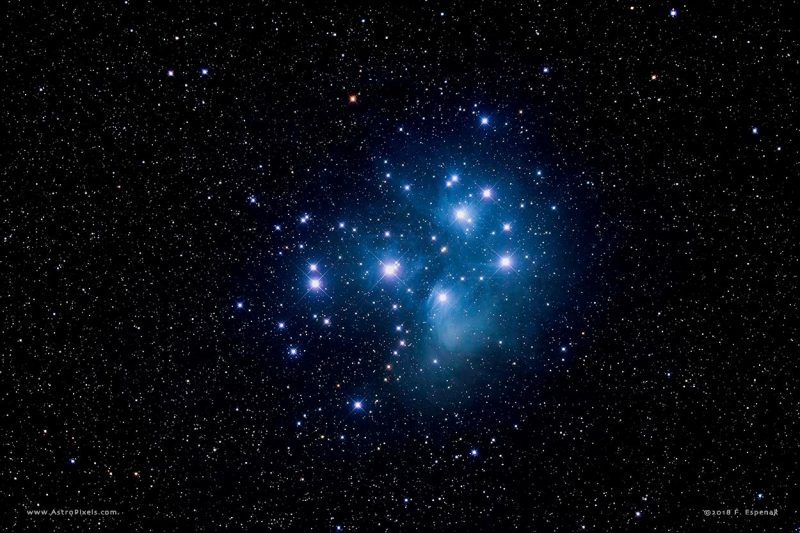Answer: The answer is fairly straightforward for your question and to facilitate I provide two photos below, the first of the Pleiades open cluster, the second of the M13 (in Hercules) globular cluster:


As you will note, the open clusters like the Pleiades (top) are generally of random shape and loosely clustered, hence outer stars often escape the gravitational pull of the cluster's center of mass and drift off separately. The Pleiades cluster, for reference, contains about 100 stars within a diameter of roughly 10 light years. This statistic is also fairly typical of other open clusters, which can contain from fewer than a hundred stars to a thousand within a space a few tens of light years in size. Thus, the star densities are a few stars per cubic light year.
Globular clusters like M13 in the constellation Hercules, have a definite shape (hence the name) and can hold from 100,000 to 1 million stars - all jammed into a space only 100 LY or so in diameter.. Contrasted to the open clusters, globulars are very stable gravitational units so it would be rare for stars to escape. The stars at the center of a globular cluster are crammed together as densely as a hundred per cubic light year. For perspective here, if Earth orbited a star at the center of such a cluster its nearest stellar neighbor would be only a few "light months" away - as opposed to the 4.2 light years from Proxima Centauri.
There is also a difference in respect of location for the two types of clusters. While open star clusters are found in the spiral arms of our galaxy, the globular clusters form a sort of 'halo' around the central plane. This is not a coincidence. The halo is in fact regarded as the "fossil remains" (one astronomer's term) of the galaxy's birth. Hence, globular clusters would naturally contain the most ancient stars. The conclusion here is that our galaxy must have been incepted or born from a gas cloud that was initially 100,000 LY or more in radius.
The globular cluster stars we refer to as "Population II" stars(red giants) which color also denotes more ancient stars. (The red giant stage being the end phase of stellar evolution for stars no the main sequence). By contrast, the open clusters like the Pleiades contain "Population I" stars which are relatively young, spectral type O and B supergiants.
Hopefully these differences I've examined give a better idea of the distinctive features for both types of star clusters.
No comments:
Post a Comment